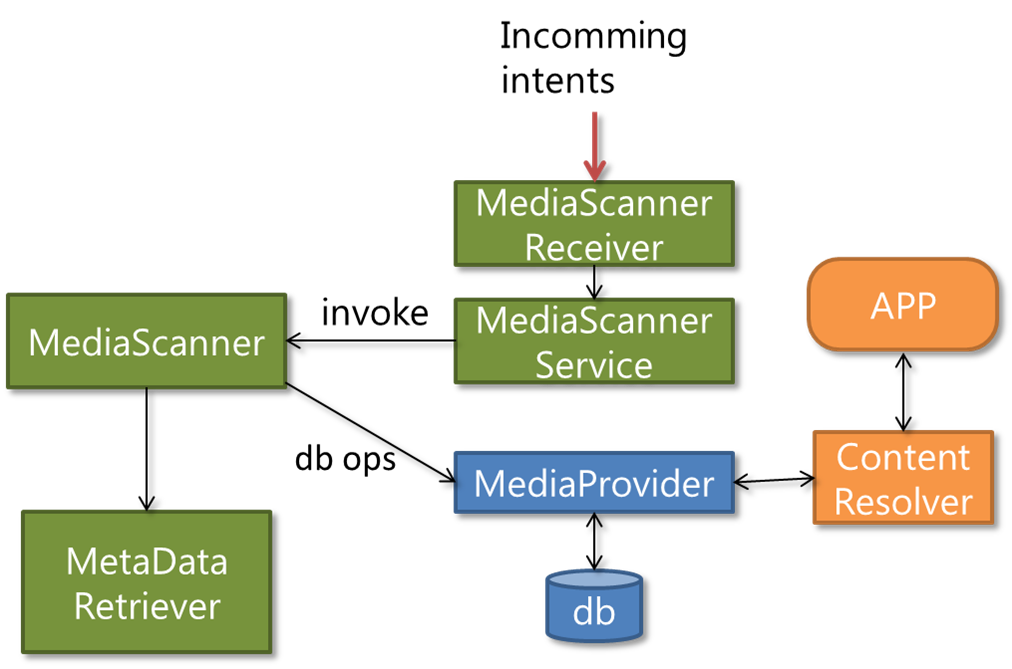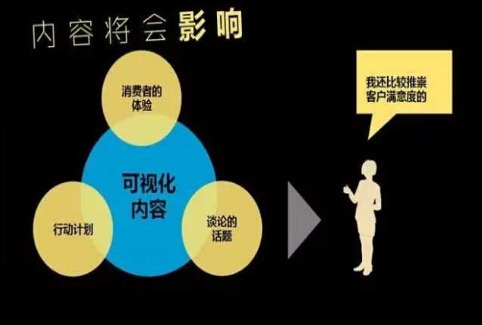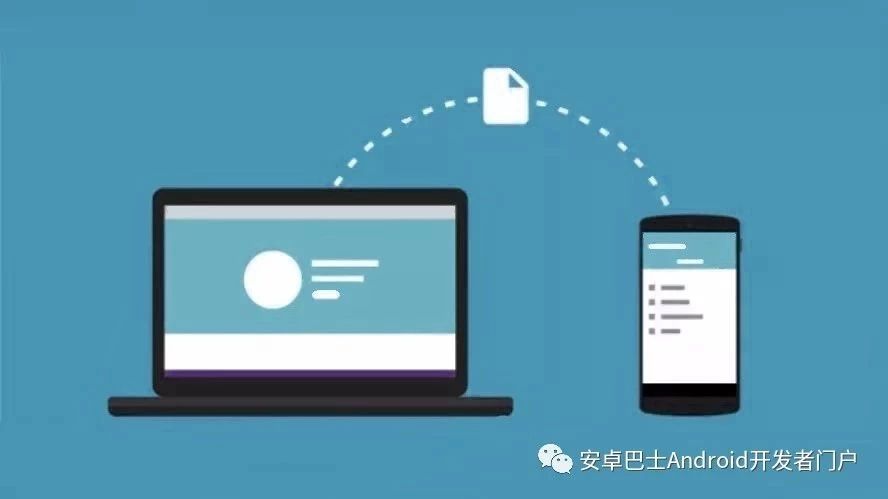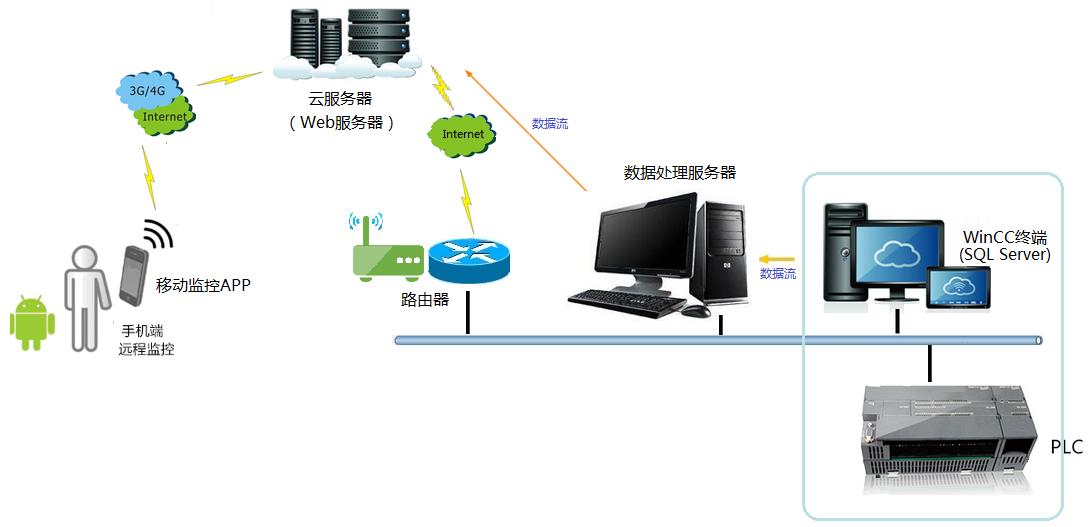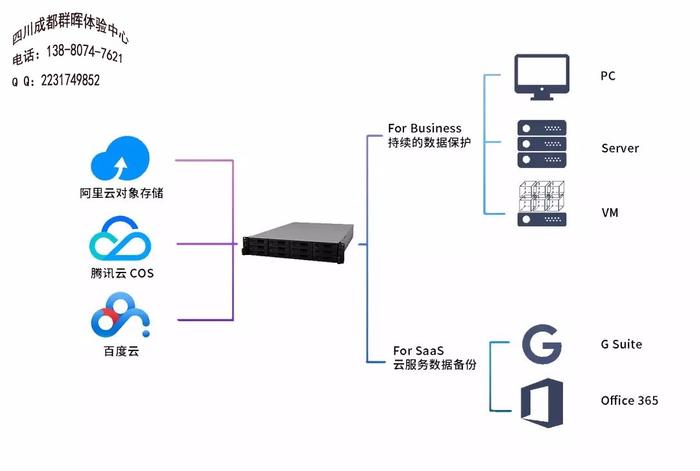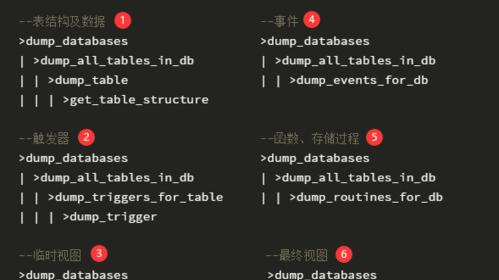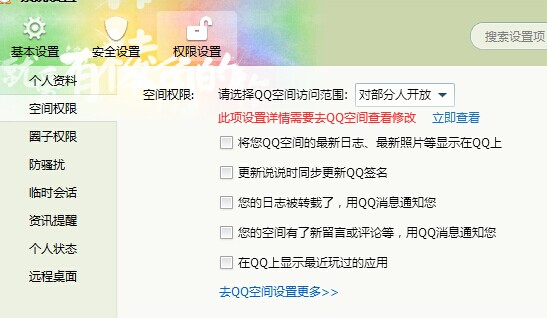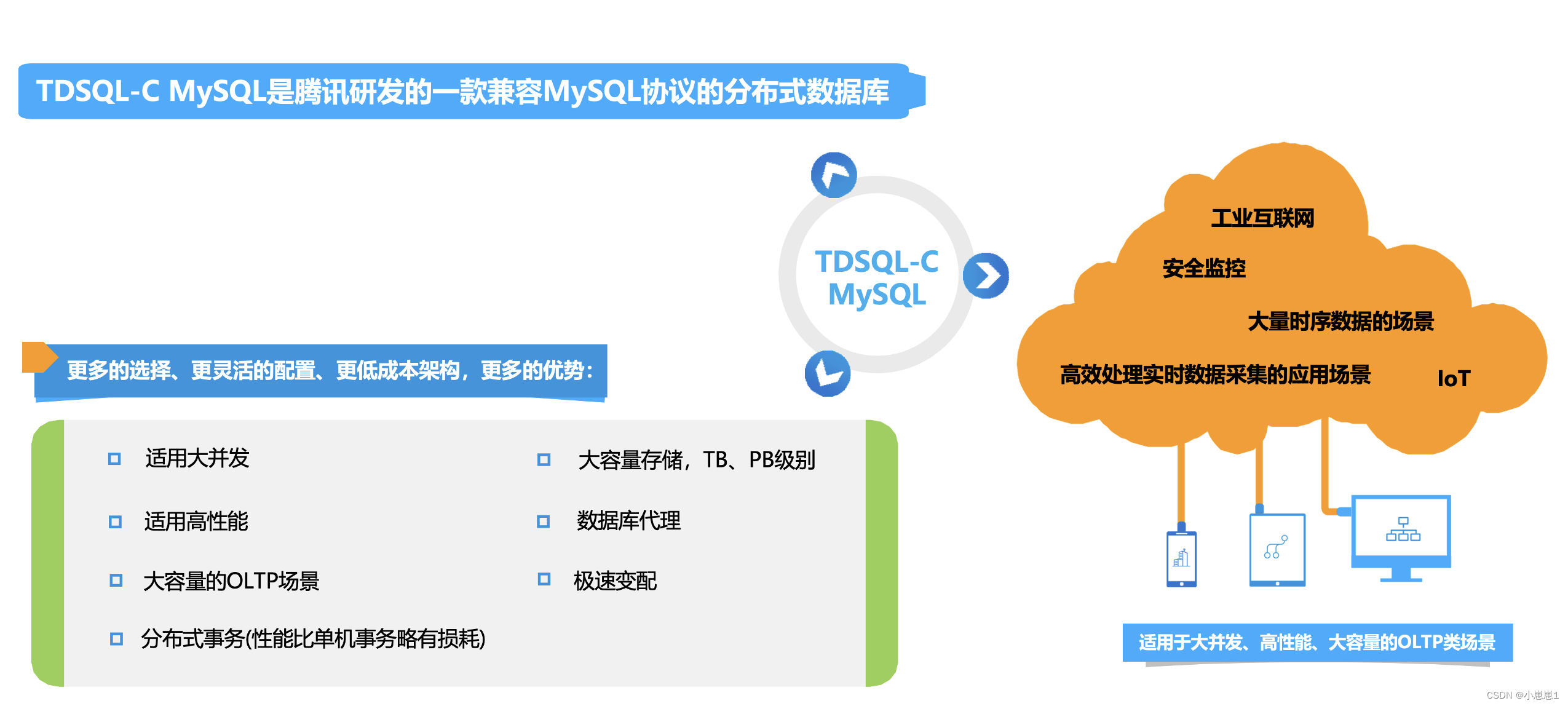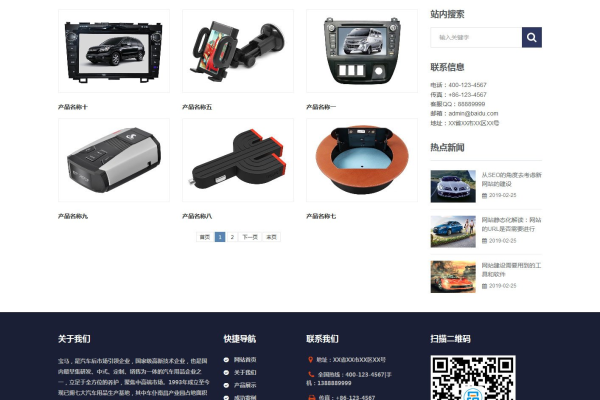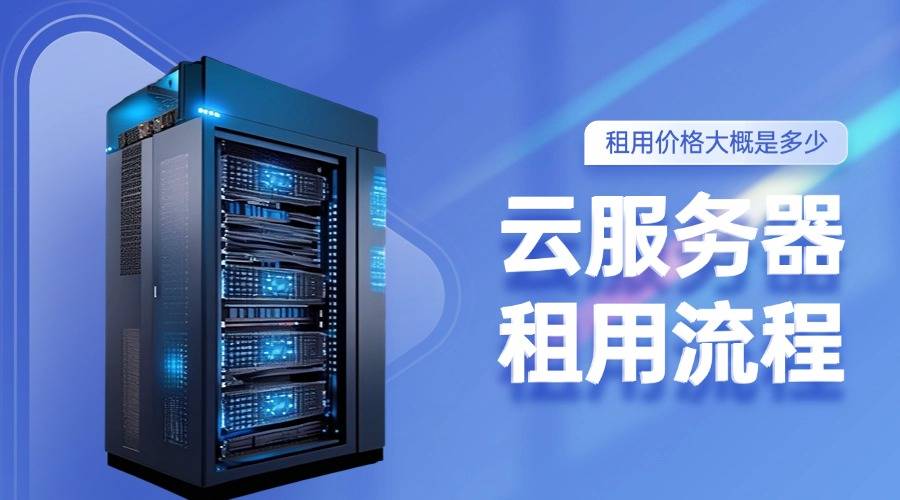上一篇
安卓工程调用mysql数据库
- 行业动态
- 2025-04-21
- 7
环境准备
MySQL数据库配置
| 步骤 | 说明 |
|---|---|
| 安装MySQL | 在服务器或本地电脑安装MySQL(建议使用5.7+版本) |
| 创建数据库 | CREATE DATABASE android_db CHARACTER SET utf8mb4 COLLATE utf8mb4_unicode_ci; |
| 创建用户并授权 | “`sql |
CREATE USER ‘android_user’@’%’ IDENTIFIED BY ‘password’;
GRANT ALL PRIVILEGES ON android_db. TO ‘android_user’@’%’;
FLUSH PRIVILEGES;
| 配置远程访问 | 修改`my.cnf`添加`bind-address = 0.0.0.0`,重启MySQL服务 |
# 2. 搭建中间层服务(必须)
原因:Android无法直接连接MySQL,需通过Web服务中转
技术选型:Spring Boot/Java Servlet/Node.js
示例:Spring Boot实现CRUD接口
---
二、Spring Boot后端实现
# 1. 项目结构src/main/java/com/example/demo
├── controller
│ └── UserController.java
├── service
│ └── UserService.java
├── repository
│ └── UserRepository.java
└── DemoApplication.java
# 2. 核心代码示例
(1) 实体类
```java
@Data
public class User {
private Integer id;
private String name;
private Integer age;
}(2) Mapper接口
@Mapper
public interface UserRepository {
@Select("SELECT FROM user WHERE id = #{id}")
User findById(Integer id);
@Insert("INSERT INTO user(name,age) VALUES(#{name},#{age})")
@Options(useGeneratedKeys = true, keyProperty = "id")
int insert(User user);
// 其他CRUD方法...
}
(3) Service层
@Service
public class UserService {
@Autowired
private UserRepository userRepository;
public User getUser(Integer id) {
return userRepository.findById(id);
}
public int addUser(User user) {
return userRepository.insert(user);
}
}
(4) Controller层
@RestController
@RequestMapping("/api/user")
public class UserController {
@Autowired
private UserService userService;
@GetMapping("/{id}")
public User getUser(@PathVariable Integer id) {
return userService.getUser(id);
}
@PostMapping("")
public int addUser(@RequestBody User user) {
return userService.addUser(user);
}
}
Android客户端实现
添加依赖
// build.gradle (app)
dependencies {
implementation 'com.squareup.retrofit2:retrofit:2.9.0'
implementation 'com.squareup.retrofit2:converter-gson:2.9.0'
implementation 'com.squareup.okhttp3:logging-interceptor:4.9.0'
}
网络请求配置
(1) 定义API接口
public interface ApiService {
@GET("api/user/{id}")
Call<User> getUser(@Path("id") int id);
@POST("api/user")
Call<Integer> addUser(@Body User user);
}
(2) 创建Retrofit实例
public class ApiClient {
private static final String BASE_URL = "http://your-server-ip:port/";
private static Retrofit retrofit;
public static Retrofit getInstance() {
if(retrofit == null) {
OkHttpClient client = new OkHttpClient.Builder()
.addInterceptor(new HttpLoggingInterceptor().setLevel(HttpLoggingInterceptor.Level.BODY))
.build();
retrofit = new Retrofit.Builder()
.baseUrl(BASE_URL)
.client(client)
.addConverterFactory(GsonConverterFactory.create())
.build();
}
return retrofit;
}
}
数据模型类
public class User {
@SerializedName("id")
private int id;
@SerializedName("name")
private String name;
@SerializedName("age")
private int age;
// getter/setter...
}
网络请求示例
ApiService apiService = ApiClient.getInstance().create(ApiService.class);
// GET请求示例
Call<User> call = apiService.getUser(1);
call.enqueue(new Callback<User>() {
@Override
public void onResponse(Call<User> call, Response<User> response) {
if(response.isSuccessful()) {
User user = response.body();
// 处理数据
}
}
@Override
public void onFailure(Call<User> call, Throwable t) {
// 处理失败
}
});
关键注意事项
| 风险点 | 解决方案 |
|---|---|
| 明文传输密码 | 后端使用HTTPS,前端配置证书信任(OkHttp支持自签名证书) |
| SQL注入攻击 | 后端使用预编译语句(如MyBatis的@Param),前端做参数校验 |
| 主线程网络操作 | 使用enqueue异步请求,或配合RxJava/Coroutine处理 |
| IP地址变化问题 | 使用域名解析(需购买域名)或内网穿透工具(如ngrok) |
| 跨域问题 | 后端配置CORS(@CrossOrigin注解或Spring配置) |
相关问题与解答
Q1:为什么不直接用Android的Room数据库?
A:Room是本地数据库,适用于存储少量离线数据,MySQL是远程关系型数据库,适合:
- 多设备共享数据
- 存储大量结构化数据
- 需要复杂查询的场景
Q2:如何保证数据传输安全?
A:
- 加密传输:强制使用HTTPS(配置SSL证书)
- 参数校验:后端验证所有输入参数合法性
- 权限控制:为不同用户分配最小化数据库权限
- 数据脱敏:敏感字段加密存储(如AES加密)

